In today’s post I’m going to share a problem that I have been coming across more and more often — people selling instructor edition textbooks.
Textbooks are a product category that I have been selling on Amazon since 2008, and selling textbooks on Amazon can be a great way to turn a profit. However, I’ve have been noticing this issue at an increased pace over the past year. The issue is instructor’s review copies, and annotated instructor’s editions being sold as the student edition. It’s not quite that simple though. There are sellers who are actively working to deceive buyers by trying to conceal these other versions of the books as student editions.
In this post I’m going to show you 2 examples of people selling instructor edition textbooks. I’ve included some pictures to explain this more clearly.
Before we get to that, I am going to share with you quickly why this issue matters. First off, is it okay to sell instructor edition textbooks? It’s a bit questionable. From an ethical standpoint, it’s at best in a gray area. The books clearly were not intended to be resold. From a legal standpoint, it’s hard to say, as there’s not much precedent.
Both of those factors matter, but what is extremely important is the health of your Amazon seller account. And reselling instructor edition textbooks can really damage your account health. These books are being intentionally misrepresented to the buyer, and if the buyer realizes that it can only cause problems for your account.
Now, let’s take a look at 2 examples where sellers decided to sell instructor textbooks. These were both books that I purchased online to resell on Amazon. Both of these books happened to come from sellers on half.com, both of whom had over 95% positive feedback.
Selling Instructor Edition Textbooks
First, here’s the front cover of the first book, notice the tape towards the top of the book:
Now, here’s the back cover of this same book, notice the placement of the barcode and the “paper looking” back cover:
Now, let’s take a look at the front cover with the strip of tape at the top removed:
Looks a bit different doesn’t it? and now the back cover:
This tape was a massive pain to get off of the book. I was able to use a heat gun to get some of the tape to peel off. You can clearly see that it says “not for sale” and has a different cover than the student edition would.
Let’s take a look at one more example. Here’s the front cover, notice the black tape where the arrows are pointing:
Now here’s the back cover, notice that you can faintly see tape near the arrows:
Now the front cover with the tape removed (I wonder why they wanted to cover that up?):
Finally, the back cover with the tape removed:

If you want to see a video removing these stickers and a little further discussion, check out a video of the process on my youtube channel below:
These are 2 of the more deceptive ones that I have seen. In both cases they literally taped a new barcode over the back cover of the book. Both of these were sold as the regular student edition, and clearly they are not an exact match to the student edition.
The easiest way to spot this issue is to notice the strip of tape at the top of the front cover of the book. Just about every time that is there, something is beneath that tape that the seller doesn’t want you to see. Whether you are sourcing your used books through thrift stores, online, or via other measures, I’d highly recommend keeping an eye out for this. These tactics are used to intentionally deceive buyers. I don’t think you want to be the one who gets caught selling these on Amazon as the student edition. Customers returning items as “not as described” can be very harmful to your metrics.
Whenever I come across these books locally I just leave them behind. If I buy a book online to resell, I will contact the seller for a return/refund every time. Hopefully you are able to use this post to implement a similar process in your book sourcing.
That’s all I have for today. If you source and sell textbooks, make sure to keep an eye out for this. If you have any comments or questions please let me know below. If you found this post helpful, please consider sharing using one of the buttons below.

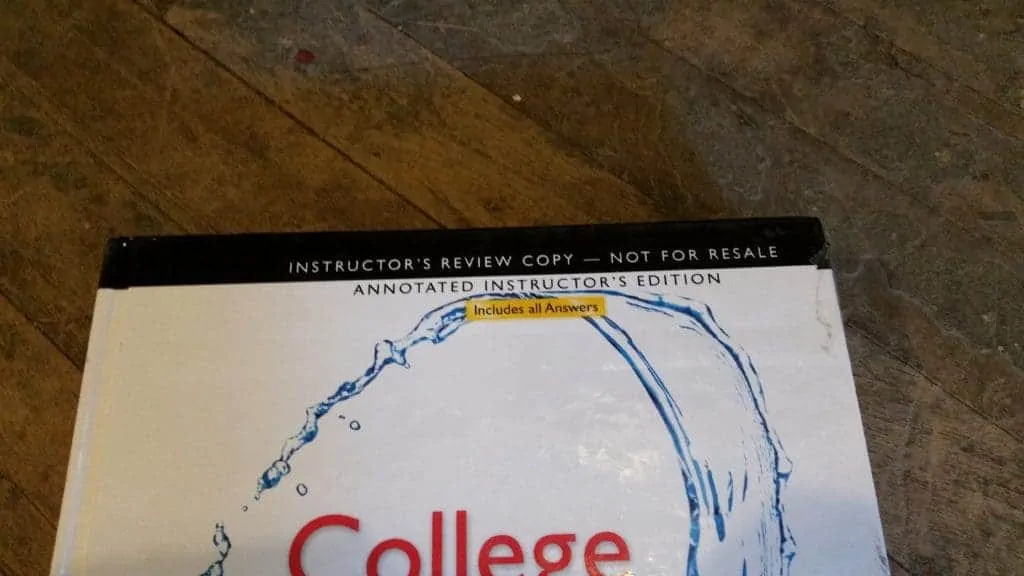
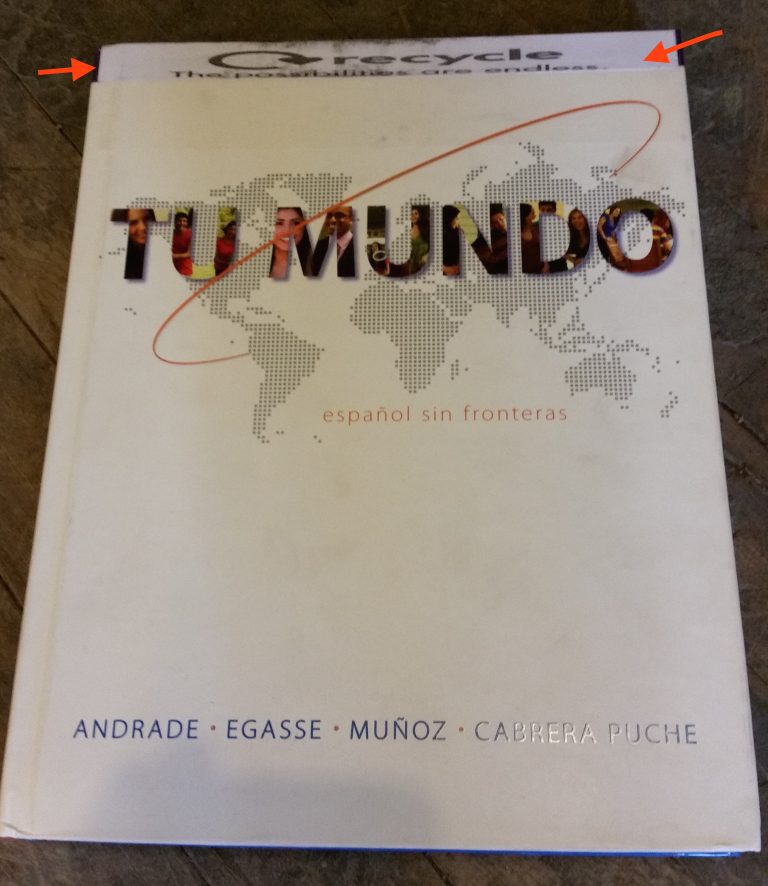
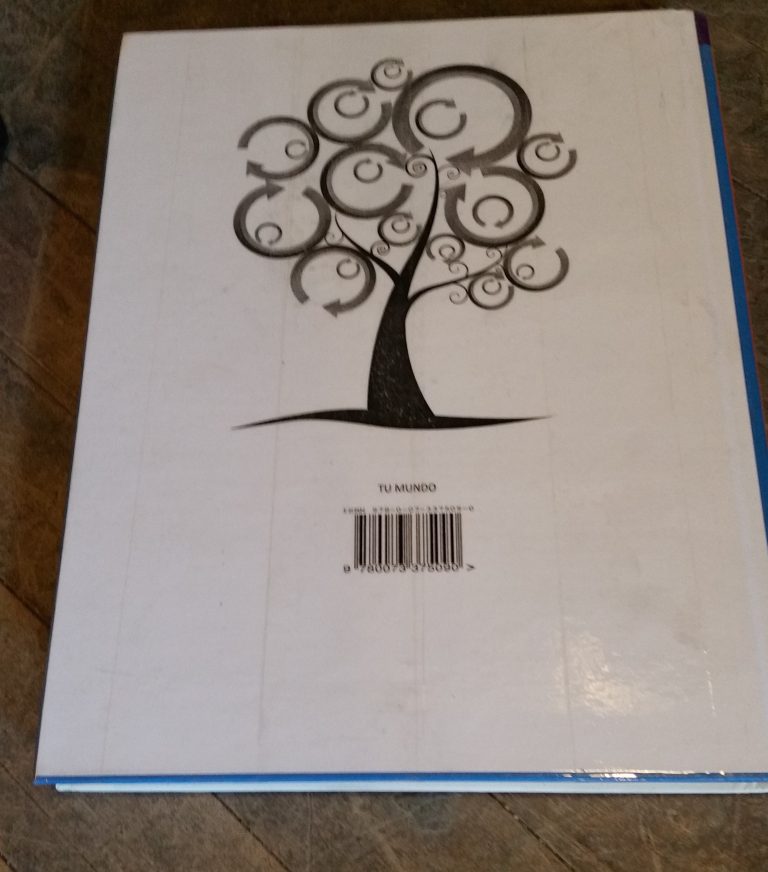

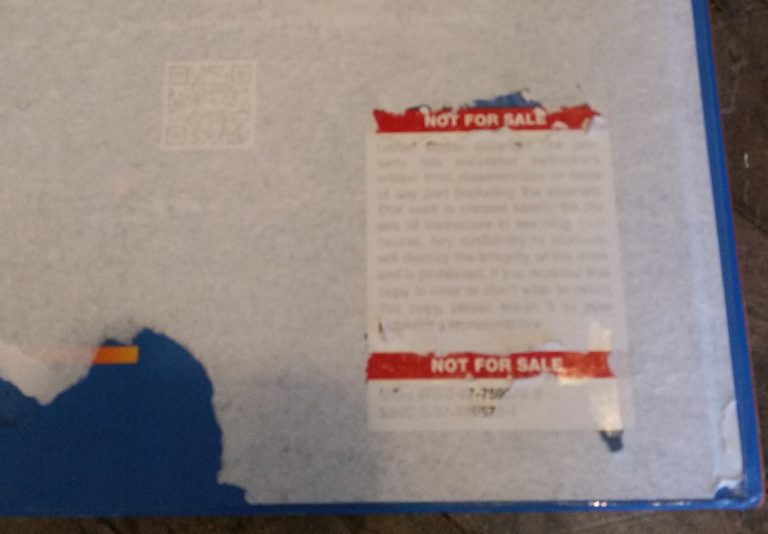
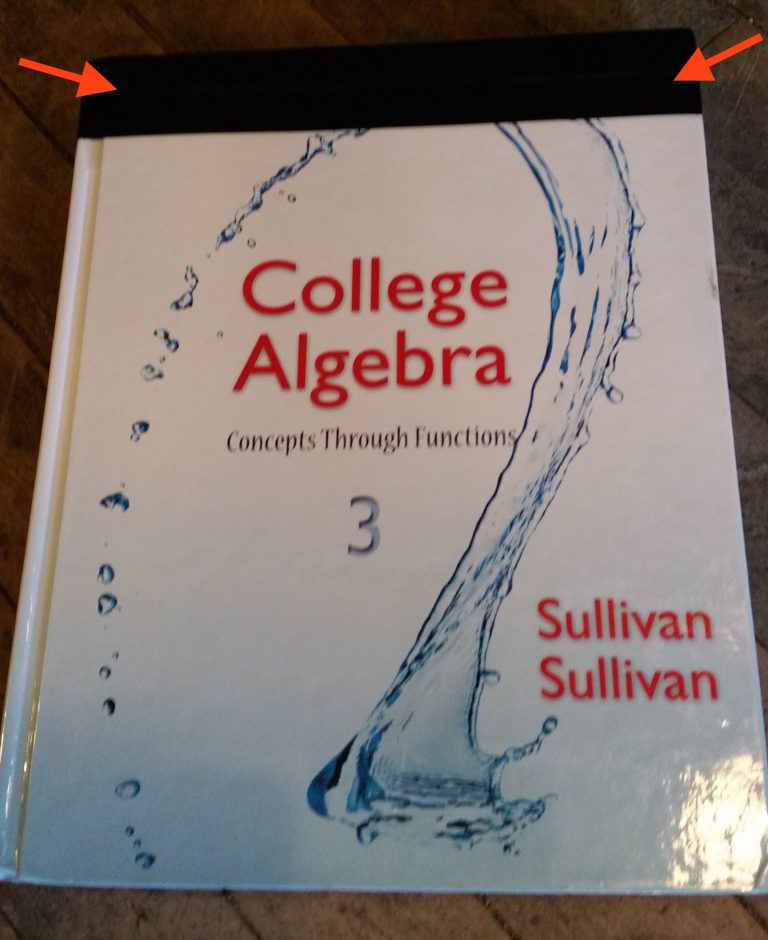

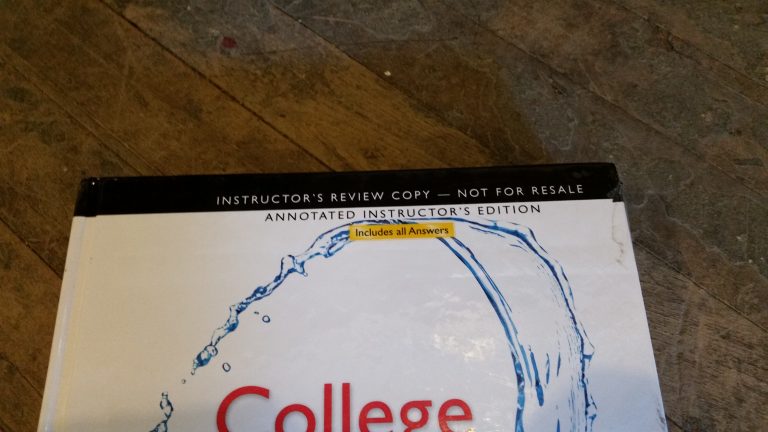
Hello, Freddie Soles, Ryan do you have any investment packages or any mentor webinar if so shoot me a email, Thank you for your time.
Hi Freddie,
You can see the mentoring options I have available on this page: onlinesellingexperiment.com/coaching
Best Regards,
Ryan
Thank you for posting this information. I literally received a textbook to flip the day I read this. I purchased from a MF on Amazon and the book was listed as new. There was a piece of tape across the front cover page that was probably hiding a school name and a number written in bold black marker on the bottom fore edge of the book. Obviously not new. Requested a refund but aggravated because of the waste of my time and lack of a textbook to sale during this critical time window.
Hi George,
Glad to hear this was helpful for you. I agree, it is an aggravating process to go through and get the refunds.
Best Regards,
Ryan
Ryan:
Thank you for this informative post. Definitely a heads up to us who could easily miss this when we are sourcing. Amazing how unethical some sellers can be.
Your posts are always welcome, and I often stop what I am doing just to read them to get updated.
Much appreciated.
Thank you for the kind words Pam, great to hear the posts are helpful! 🙂
Best Regards,
Ryan
Ryan, I’ve been buying and selling books since 2008 as well. Amazon doesn’t allow Instructor’s editions or Not for Resale books to be sold on their portal. I believe that’s written in their policy but not all sellers read this or care. Oddly, there are a lot of sellers who disclose it’s an Instructor’s edition or another popular one is trying to sell loose leaf for hardcover/paperback. If they disclose these things at least you can walk away. You got really screwed there. That was intentional and they obviously can’t plead ignorance.
I had one student a few weeks ago sell me a used loose leaf as a new paperback. She had no condition notes so I took a chance. Got it, it was used and obviously not the correct ISBN. Wrote her, got a full refund and apology. She said to keep it, she couldn’t afford a return. Relisted the book as used as a loose leaf and sold 1 week later for $56, more than what I paid her initially. I’m sending her 1/2 of the profit after a 45 return window wait. Don’t have to but she seemed sincere in her apology and I’m happy to do it.
Recently I’ve been sourcing via Keepa and have learned a lot of hard lessons over the last few months. I now only buy new and the seller must state sealed especially if there are access codes included. If I can by from an FBA seller all the better but that’s tougher.
Thanks for sharing your experience. Just goes to show what some people do to make a buck. If they put that energy in learing how to sell ethically they would be more successful and make more $$. They are sabotaging themselves. No pity.
Hi Kent,
Thanks for the comment! I completely agree that if they put the effort into learning to sell ethically, they could be more successful.
Best Regards,
Ryan
Ebay allows you to sell those books no problem. If you bought them cheap enough you can still make quite a bit of $.
Hi John,
Very true, ebay is still an option for these books.
Best Regards,
Ryan
Great post Ryan. I noticed this on a couple books recently and never thought twice about it. I’ll certainly pay closer attention now!
Thanks Wayne, great to hear it was helpful!
Best Regards,
Ryan